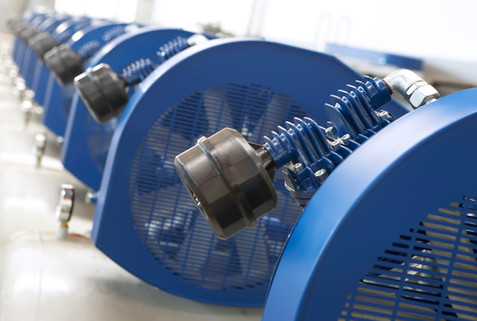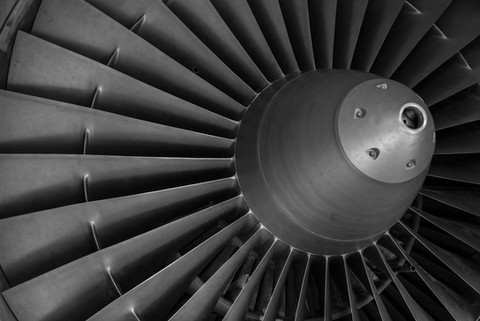Non-traditional Windmills can increase efficiency.
- Jennifer Depew

- Dec 10, 2018
- 3 min read
Updated: Dec 23, 2018
Smaller windmills placed within horizontal ducts can capture more of the wind power and may be able to be constructed without needing gears that have to be maintained with a coating of grease (discussed in the last post: Oxygenating the oceans dead zones, a continuation of the first in this series, Oceans need oxygen, which contains a list of reference links.) Horizontal duct work wind turbines could be made in ways that reduce low level noise and vibrations of the very large modern three blade windmills and therefore could be used on top of residential or office buildings to aid in sustainable energy production and/or power air ventilation systems for the buildings.
For details see: A Ducted Horizontal Wind Turbine for Efficient Generation, I.H. Al-Bahadly and A.F.T. Petersen Massey University New Zealand, http://cdn.intechweb.org/pdfs/14798.pdf.
The paper includes a brief history of windmills. Early windmills were generally used to power the pumping of water from ground water sources - roughly - a well with wind power instead of a human cranking up a bucket of water attached to a rope.
An electric fan for circulating air around a room or exhausting hot air out of a building or from the interior of a machine (to prevent overheating) is similar to a windmill, in reverse which is obvious to see if the electric fan is off and a strong breeze happens to turn its blades. Ductwork turbines are like electric fans within a funnel shaped tube. The funnel captures breeze and the turbine can convert the power into electricity or some other motion depending on the machine design. The air that leaves the other end of the duct is slower in motion due to passing through the turbine fan blades.
Wave turbines have been created that capture the energy of ocean waves and convert it into power.
It seems to me that it would be possible to have a turbine ducting system that uses wind, or possibly wave power, to direct air downwards into the depths of the oxygen free areas of the Baltic Sea or Pacific Ocean or wherever bodies of water have developed low oxygen or oxygen free zones.
Pistons also work within a tube like cylinder and provide power for things like car engines. They are more helpful for types of power that can be intermittent bursts rather than smooth continual motion as the piston action is a back and forth motion involving a coiled spring moving a column of compressed air. (Pneumatics Actuators, http://cdn.intechweb.org/pdfs/14798.pdf)
Pressure increases in deeper parts of a lake, sea, or ocean. Piping used in deeper water has to be very strong to withstand the pressure of the surrounding water. If the goal was to pump oxygen rich air downward the pipe would need to be strong enough to not collapse from the surrounding water pressure. Outlets for air release at different depths might need to use different pipes so that maximal downward force was retained to reach the deeper part of the ocean (a leaky pipe might not have much oxygen or compression power left by the time it reached the lowest part of the pipe.)
(To be continued.)
The series: 1. Oceans need oxygen, 2. Oxygenating the ocean's dead zone, 3. Non-traditional windmills can increase efficiency, 4. Upwelling tubes, hurricanes, and mussels. 5. Baking Soda to the rescue! - Yes really. 6. Supplementing the Ocean, 7. Mussels - Delicious and Sustainable. 8. The big picture of climate change is bigger than businesses may consider. 9. Inventions Occur in Stages. 10. Stacked Horizontal Turbines. The series in one document, minimal images, on Google-docs: (Oxygenating the Ocean).
/Disclaimer: This information is provided for educational purposes
within the guidelines of fair use./















Comments